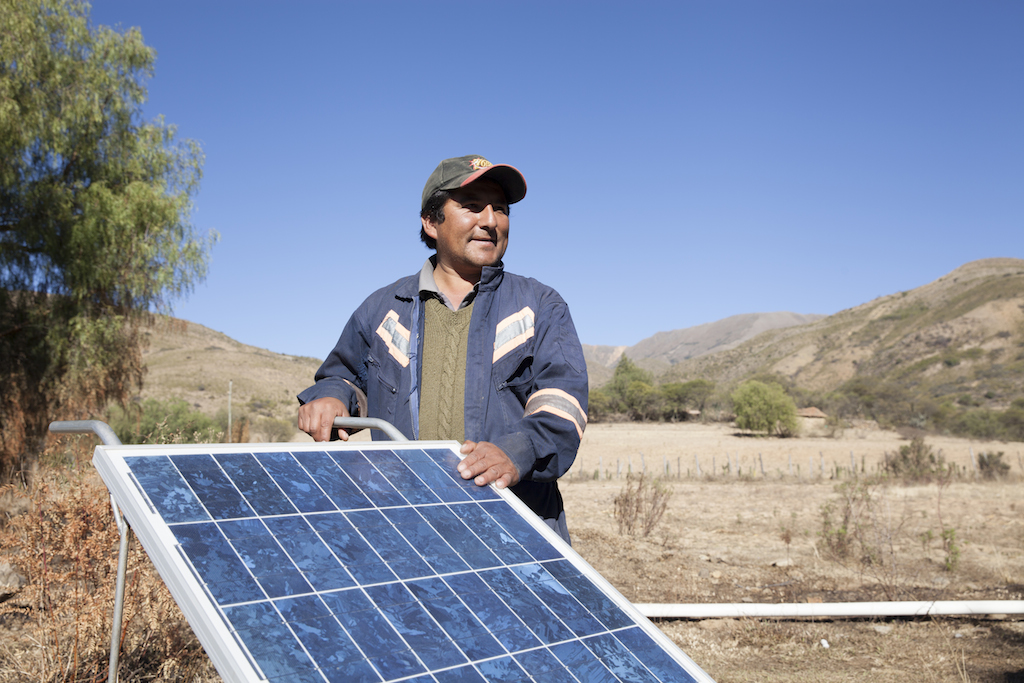According to a report by the Inter-American Development Bank (IDB), Latin America and the Caribbean (LAC) can increase growth rates and improve the quality of life of its inhabitants by increasing investment in infrastructure.
However, what type of infrastructure will the region require over the next few years? According to the report, the answer lies in the intersection of local, regional, and global demand, which will require a multisector perspective: “Climate change, natural disasters, rapid urbanization, and a growing demand for energy and foodstuffs require the recognition of the interconnected nature of the infrastructure subsectors and incorporating their multidimensional characteristics into the planning.”
According to the IDB document, infrastructure in the region must address eight emerging, global, regional and local demands:
- The geographical diversification of value chains is accelerating as a result of the process of trade liberalization. Increasingly products are assembled using components from different regions. This trend not only has a direct impact on transportation infrastructure but also implies a demand for information and communication technologies, as well as for energy.
- LAC is the region with the highest rate of urbanization.
- Increase in vehicle ownership combined with road safety problems.
- Economic growth in the region is driving energy demand.
- Rising trends of CO2 emissions. It is estimated that to arrive to an ideal scenario, understood as one in which per capita CO2 emissions are equal to two tons, an estimated annual investment in mitigation of 3.5% of 2010 GDP will be required.
- LAC is the most vulnerable region to natural disasters.
- LAC plays a leading role in the world to achieve food security. Providing infrastructure is key to enhancing productivity, whether through irrigation, rural roads, or comprehensive improvements to logistics systems that lower the costs of trade.
- The growth of the middle class in LAC has driven the demand for higher quality infrastructure services, such as transportation, electricity, water, telecommunications and urban solid waste collection.



Follow Us